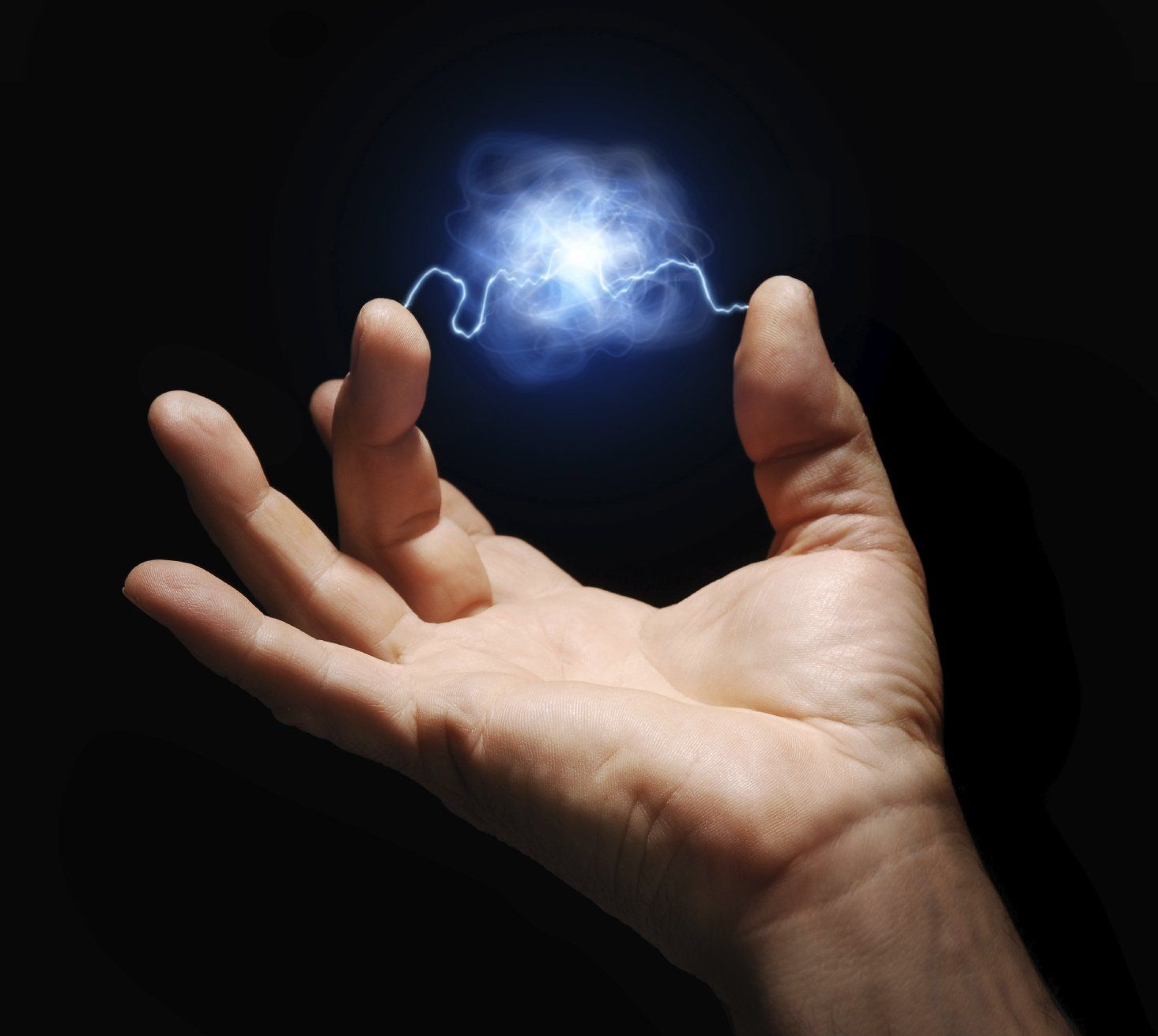HemoDynamics
Stroke Volume Index
NICOM uses Bioreactance and fluid challenges
Sensors place on Torso above and below heart
"tabs to toes"
250 ml crystalloid (not Normal Saline) bolus in less than 5 minutes
(or leg raise maneuver)
Look for increase in stroke volume index of > 10%
> 10% suggests Fluid Responsive--give more fluids and reassess
Also calculates cardiac index and total peripheral resistance index
to guide pressors and ionotropes
Normal Hemodynamics
Cardiac Output ... 4 to 8 liters/min
Cardiac Index
... 2.5 to 4 liter/min/m2
[2.8 to 4.2]
Stroke Volume ... 60 to 100 ml/beat
Stroke Volume Index
... 33 to 47 ml/m2/beat
[30 to 65]
Total Peripheral Resistance ... 800 to 1200 dynes.sec/cm5
[900 to 1400]
Total Peripheral Resistance Index
... 1970 to 2390 dynes.sec/cm5/m2
MAP = Mean Arterial Pressure ... 70 to 105 mmHg
Arterial Oxygen Content = [Hgb x Art Sat x 1.36 ml Oxygen/gm hemoglobin] + [PaO2 x 0.003]
Oxygen Delivery = Arterial Oxygen Content x Cardiac Output ... 640 to 1400 mlO2/min
Oxygen Consumption (VO2) (mlO2/min) ... 180 to 280 ml oxygen/min
Shock States
Hypovolemic: Low BP, Increased HR, Low Cardiac Index, Increased Peripheral Resistance.
Septic: Low BP, Increased HR, Increased Cardiac Index, Low Peripheral Resistance.
Late septic shock can have decreased cardiac index.
Cardiogenic
will look like hypovolemic but only hypovolemic will be fluid responsive. Cardiogenic will not be fluid responsive.

